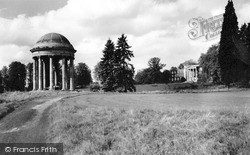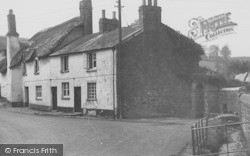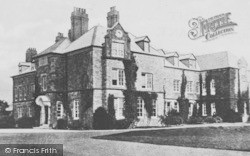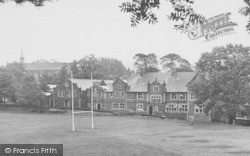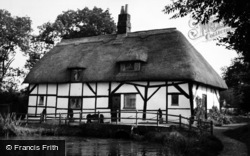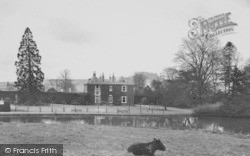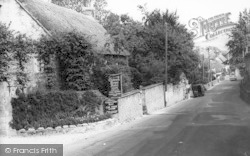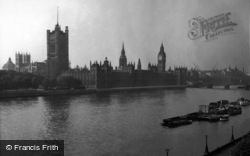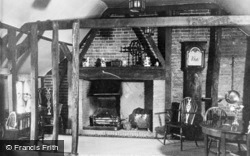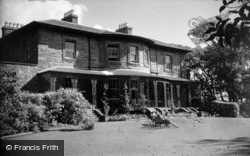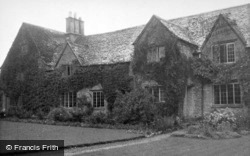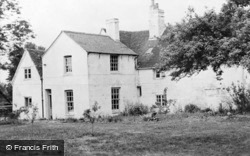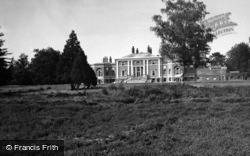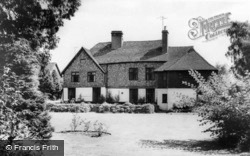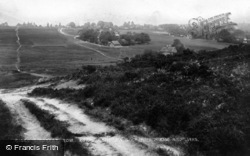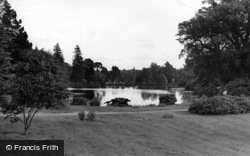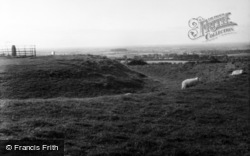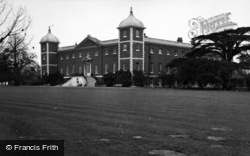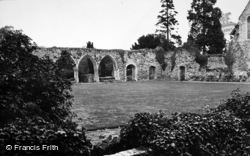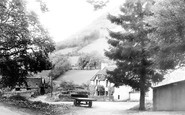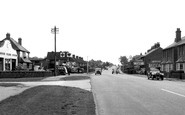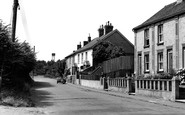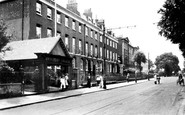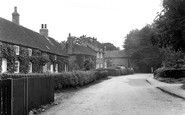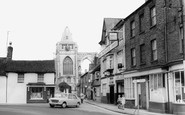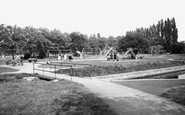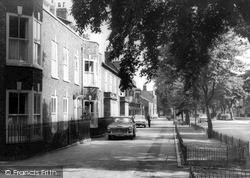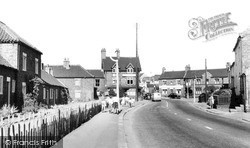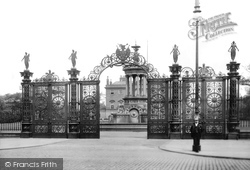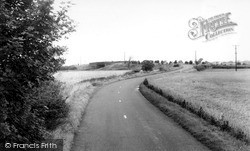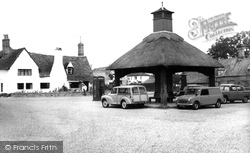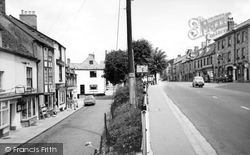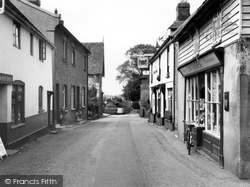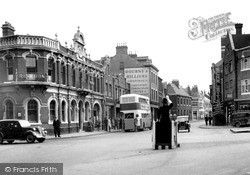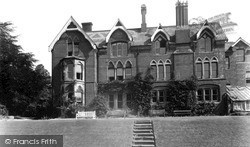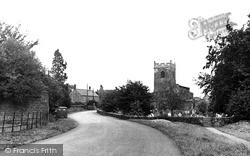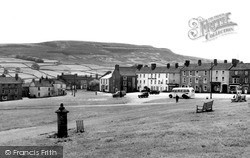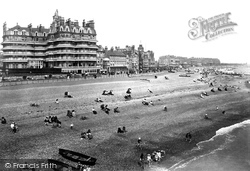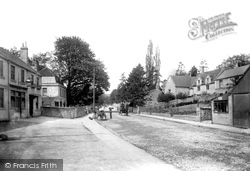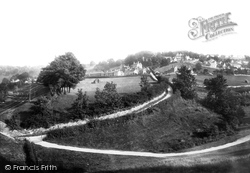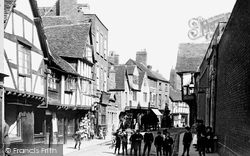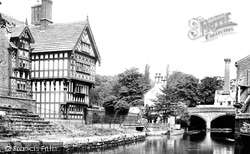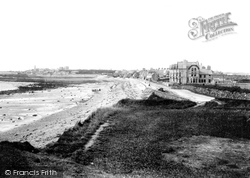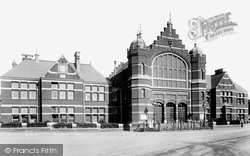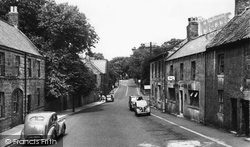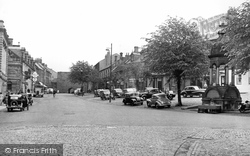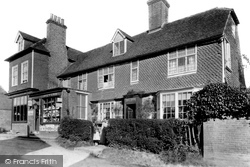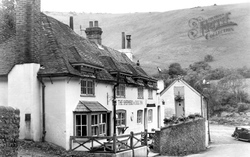Places
36 places found.
Those places high-lighted have photos. All locations may have maps, books and memories.
- Chatsworth House, Derbyshire
- Osborne House, Isle of Wight
- Brambletye House, Sussex
- Ickworth House, Suffolk
- Kingston Lacy House, Dorset
- Boscobel House, Shropshire
- Preshute House, Wiltshire
- Bolton Houses, Lancashire
- Brick Houses, Yorkshire
- Quaking Houses, Durham
- Water Houses, Yorkshire
- Bottom House, Staffordshire
- New House, Kent
- Mite Houses, Cumbria
- Lyneham House, Devon
- Church Houses, Yorkshire
- Dye House, Northumberland
- Spittal Houses, Yorkshire
- Street Houses, Yorkshire
- Tow House, Northumberland
- Halfway House, Shropshire
- Halfway Houses, Kent
- High Houses, Essex
- Flush House, Yorkshire
- White House, Suffolk
- Wood House, Lancashire
- Bank Houses, Lancashire
- Lower House, Cheshire
- Marsh Houses, Lancashire
- Chapel House, Lancashire
- Close House, Durham
- Guard House, Yorkshire
- Hundle Houses, Lincolnshire
- Hundred House, Powys
- Thorley Houses, Hertfordshire
- School House, Dorset
Photos
6,747 photos found. Showing results 3,241 to 3,260.
Maps
370 maps found.
Books
Sorry, no books were found that related to your search.
Memories
10,363 memories found. Showing results 1,621 to 1,630.
Happy Times
I went to live in Llanthony village around 1970 with my husband who was brought up at The Daren Farm, and our children Lynda and Andrew. We lived in The Cornmill which is directly opposite the old post office, it was called Mill Cottage ...Read more
A memory of Llanthony
Happy Days In Morden
I lived in Leamington Ave from 1936 - 1956 with my parents who selected the new house for its long south facing garden which backed onto Hillcross School field. During the war my mother and I were evacuated to Bucklebury in ...Read more
A memory of Morden by
48 Horley Road
The car on the opposite side of the road to the Clearview garage was my dad's Triumph Renown. And I can't quite see what the signs say on the cafe next door but one to my house but I remember it as Molly's Cafe - a transport cafe. ...Read more
A memory of Earlswood
Parham House
I was sent there at the age of 5 in 1951. It was run by Mrs Russel known as Auntie Barbara and her husband Uncle Max who kept pigs. I stayed there for holidays as well and when I went to boarding school at the age of 8 I returned for ...Read more
A memory of Saxmundham by
Big House
hi everyone we were at monksbarn in the 60s there was pam, linda,ivy,joy,jimmy. we had to put our best clothes on for church sundays, then it was willies and coat to play out in the garden ,there was a small shelter we called a den. the ...Read more
A memory of Reading by
Childhood Memories.
I grew up in the house at the end of the street which was called Cherry Cottage.I would be about 3 or 4 when the picture was taken. My mum had the large Yew tree on the right of the house front sawn down as it made the house dark. My ...Read more
A memory of Naburn by
The Lees Of Callow End
My father's mother's family (Lee or Lea) lived in a cottage called Brook House, near Broadlands Farm. We have a picture of Brook House painted in about 1910, in which it seems as if the cottage may have been part of the ...Read more
A memory of Callow End by
Vine House Farm Nene Terrace
Not so much a memory, but I'm researching my family tree and my family, the Patmans, lived in Nene Terrace at Vine House Farm. My great grandfather is Arthur George, born in 1899 and died 1964, he was married to Vivian ...Read more
A memory of Crowland by
Christmas Day On West Park
I was born the third of four children in Breaston. Our Christmas's were spent with my Mum's sister's family consisting of Aunty, Uncle/god father and a male cousin 7 months younger than me who I mercilessly tormented ...Read more
A memory of Long Eaton by
St Pauls Cray School Memories.
I was living at the time at the top of what was called Chalk Pit Avenue, then an unmade and often muddy road in bad weather, at the bottom of the garden was a field and across the field was a fairly large house ...Read more
A memory of St Paul's Cray by
Your search returned a large number of results. Please try to refine your search further.
Captions
6,914 captions found. Showing results 3,889 to 3,912.
Norton High Street is one of the surprise features in Teesside, with several elegant period houses nestling behind the trees which line the road verges.
It was sacrificed in a road-widening scheme, and replaced by the Fountain public house, which was set back in line with the ancient row of almshouses we see here on the left.
Originally designed by the Coalbrookdale Iron Company for Sandringham House, and shown at the International Exhibition of 1862, they were adapted by replacing the central Prince of Wales' feathers with
Warston Pictures proudly presents 'My Six Convicts' at its Cameo Cinema on the corner of Springfield Street, opposite Bank House (right.)
Today the name Long Barn is associated with a modern housing development, but in 1965 the area was still open countryside and farmland.
The white house called The Green was an inn. Part of the original medieval building survives, while the large chimney stack was added later.
Among the shops on the left is the Phoenix Café and cake shop (nearest the camera) with E Bennett's grocery store next door; the tallest building housed the premises of a ladies' hairdresser.
The church was declared redundant in 1971, and today it houses the library of Lincoln College.
The building is now a private house, its responsibilities usurped by more modern shops a little further along the road to the left.
The bus advertises Fremlins' ales outside the Red Lion, a Style & Winch house of flamboyant grandeur, but now no more, sad to say.
Regrettably, local stone was not used but luckily the house is on the outskirts of town and not easily visible. It was modernised in the 1960s.
The church, the walls and the houses are built with local golden-brown ironstone.
Cars and buses are parked haphazardly on the green, which is surrounded by public houses such as the Black Bull (centre) and the King's Arms (right).
Beyond the Queens Hotel with its tiers of balconies, which opened in June 1880, are one or two of the surviving buildings of the original Sea Houses, one of the four hamlets of pre-Victorian Eastbourne
The early 19th-century houses on the left are, however, quite urban in feel and reflect the proximity of Bath.
With the exception of the nearer dwellings, all the houses we see here are of Cotswold stone.
Friar Street was an odd assortment of buildings, including a number of 15th- and 16th-century half-timbered houses and shops.
The Packet House was a scheduled stop for passenger boats plying the Bridgewater Canal.
If coal was burned in these houses, it had to be imported from the mainland.
Built in the 1880s as a memorial to William Thorngate, a philanthropic grocer and tea merchant who donated money for local housing, the Thorngate Hall was regularly used for public meetings until it was
The Marine House Hotel was built as a granary and later converted into a vicarage. Hindmarsh Hall is an 18th-century granary, gothicized in the 19th century.
Beyond Lloyds is Barclays, which incorporates an 18th-century house.
Here we see an attractive tiled house with Stevens' the newsagents attached to it. This shop also acted as an agent for the local dye works.
This well-known public house stands at the foot of the Downs. The area was noted for grazing sheep. There is a spring-fed well by the roadside next to the pub.
Places (80)
Photos (6747)
Memories (10363)
Books (0)
Maps (370)


